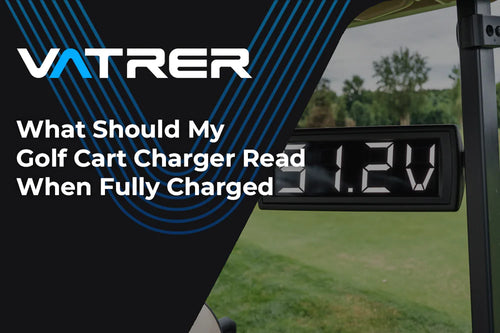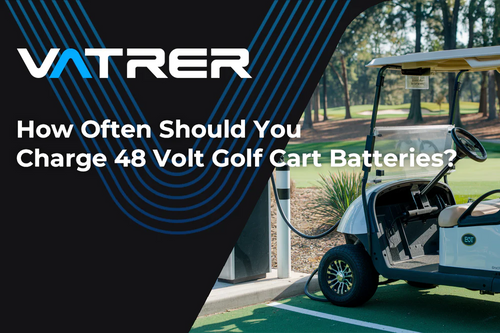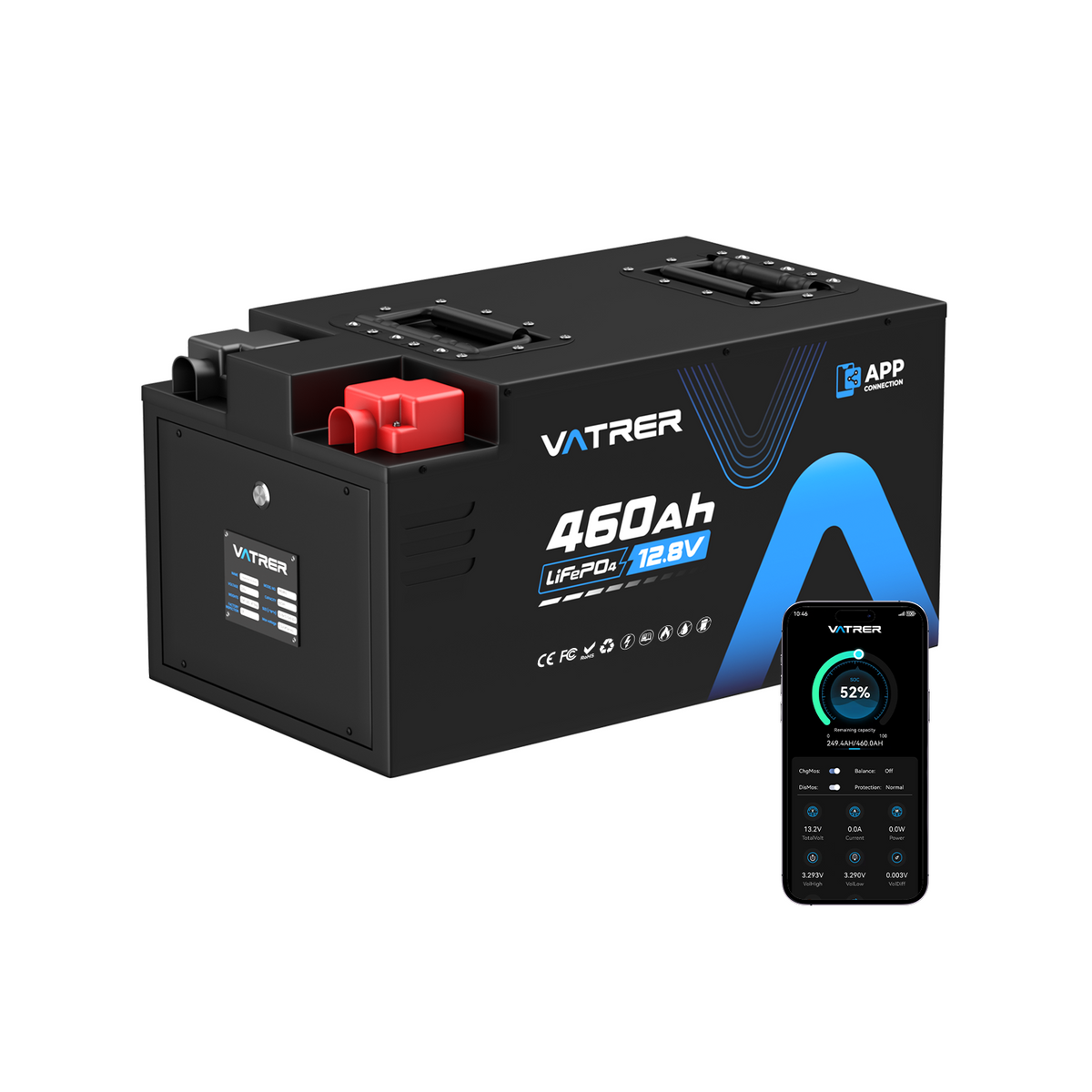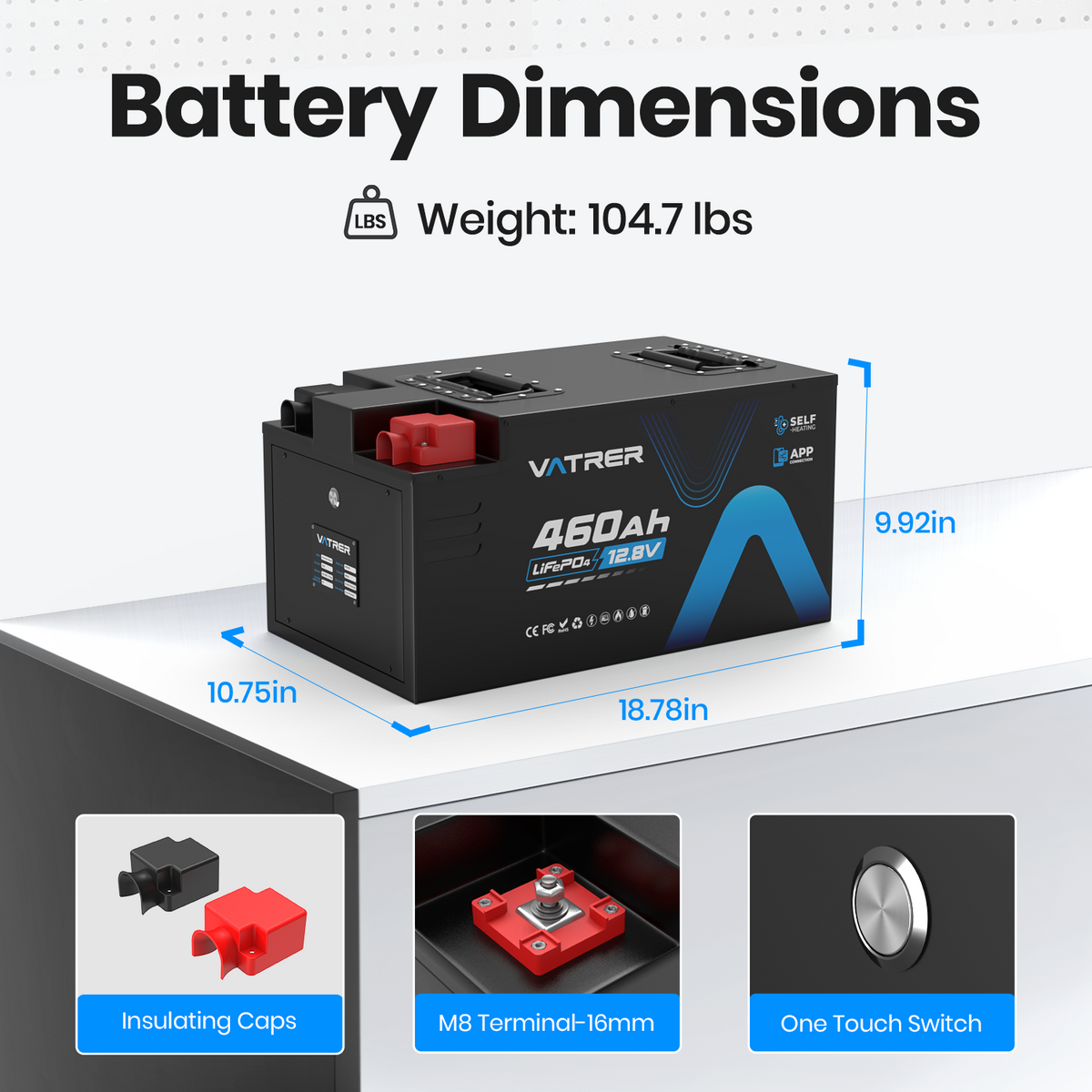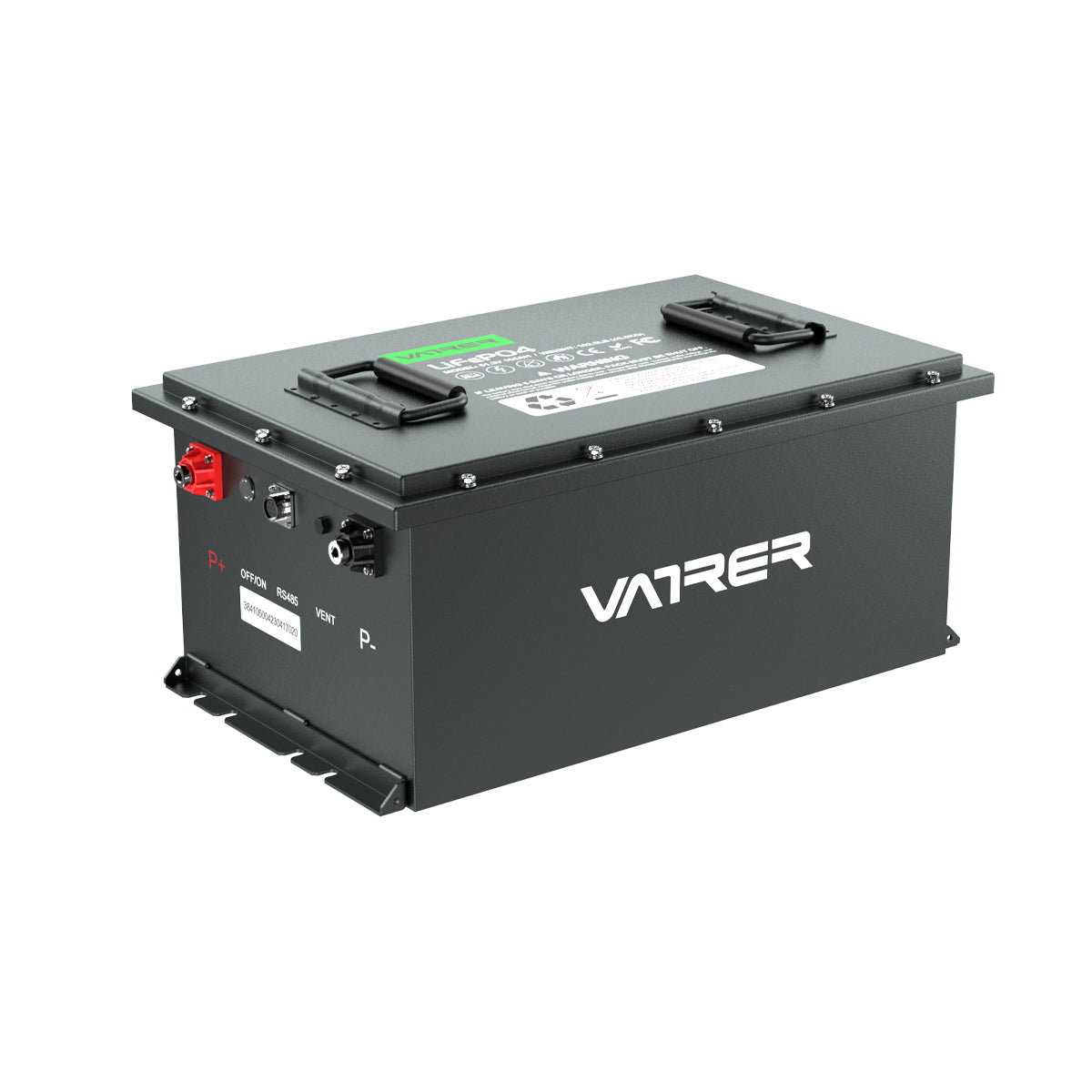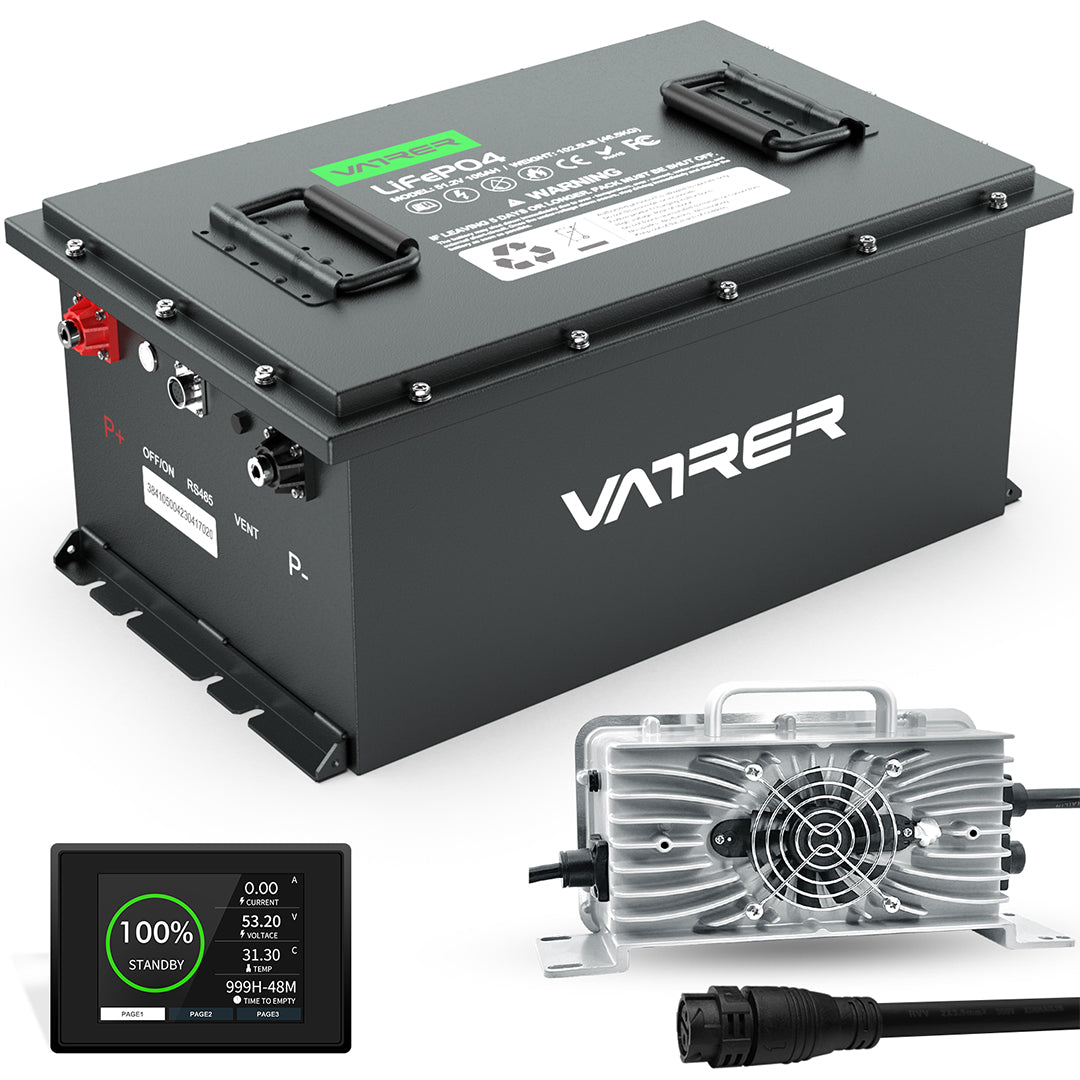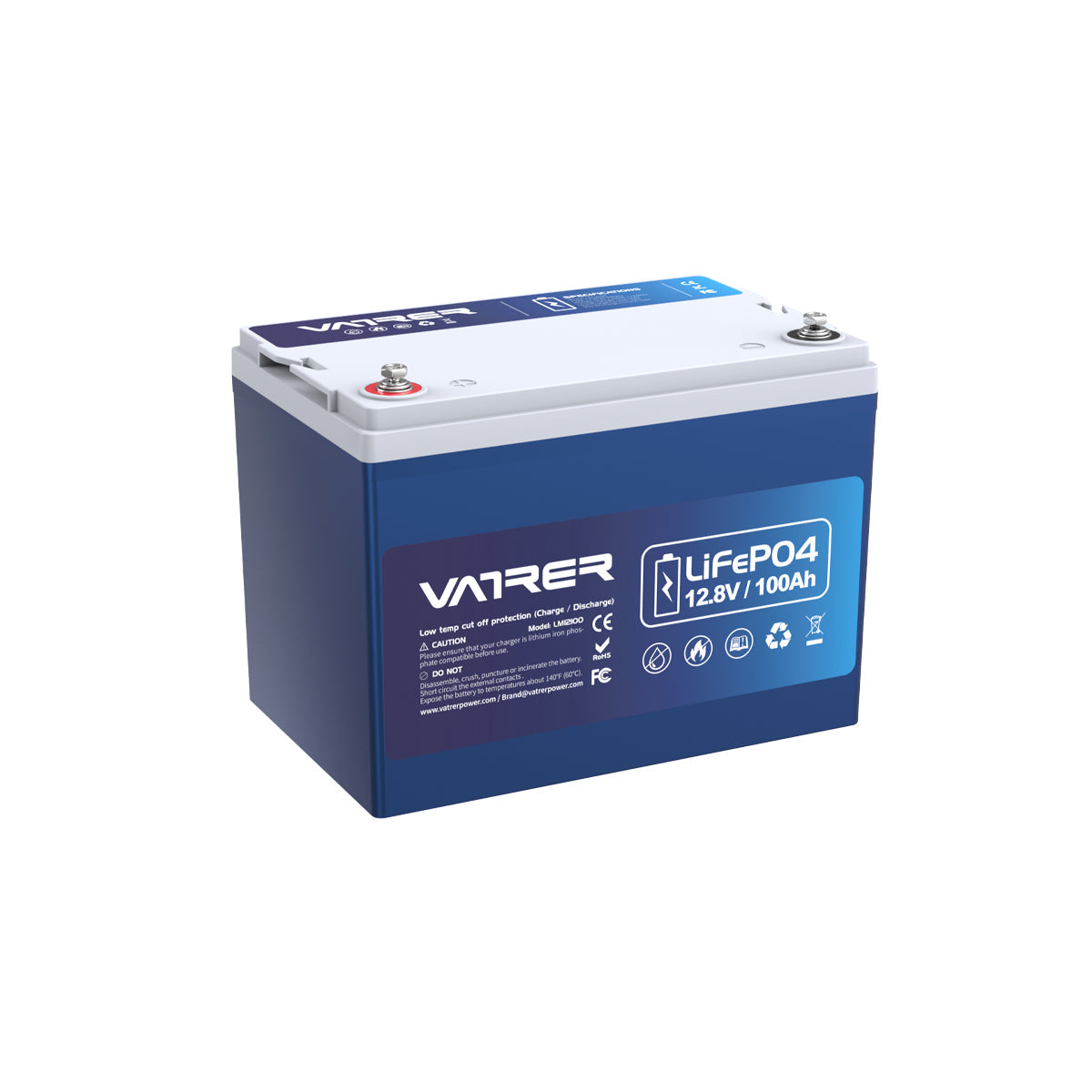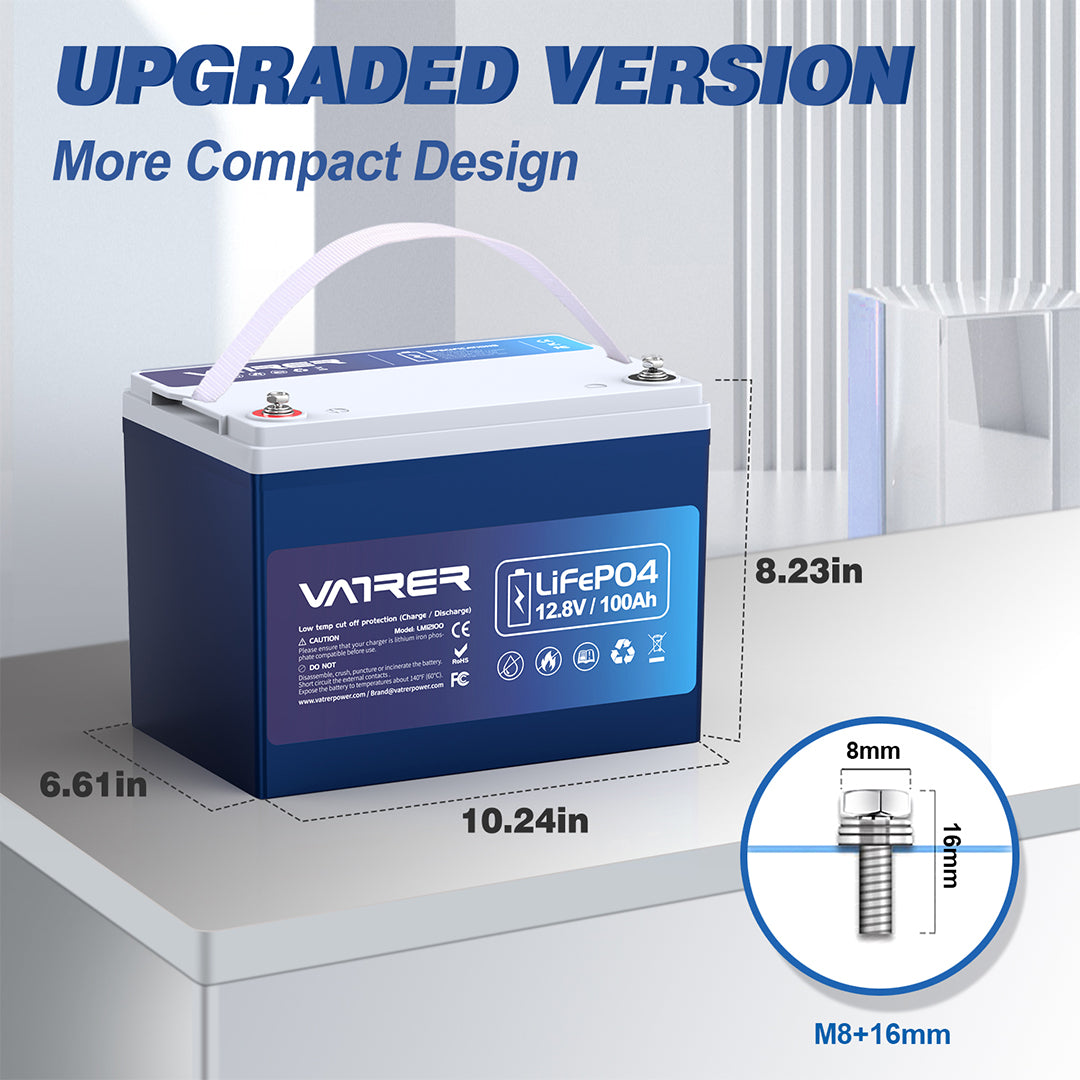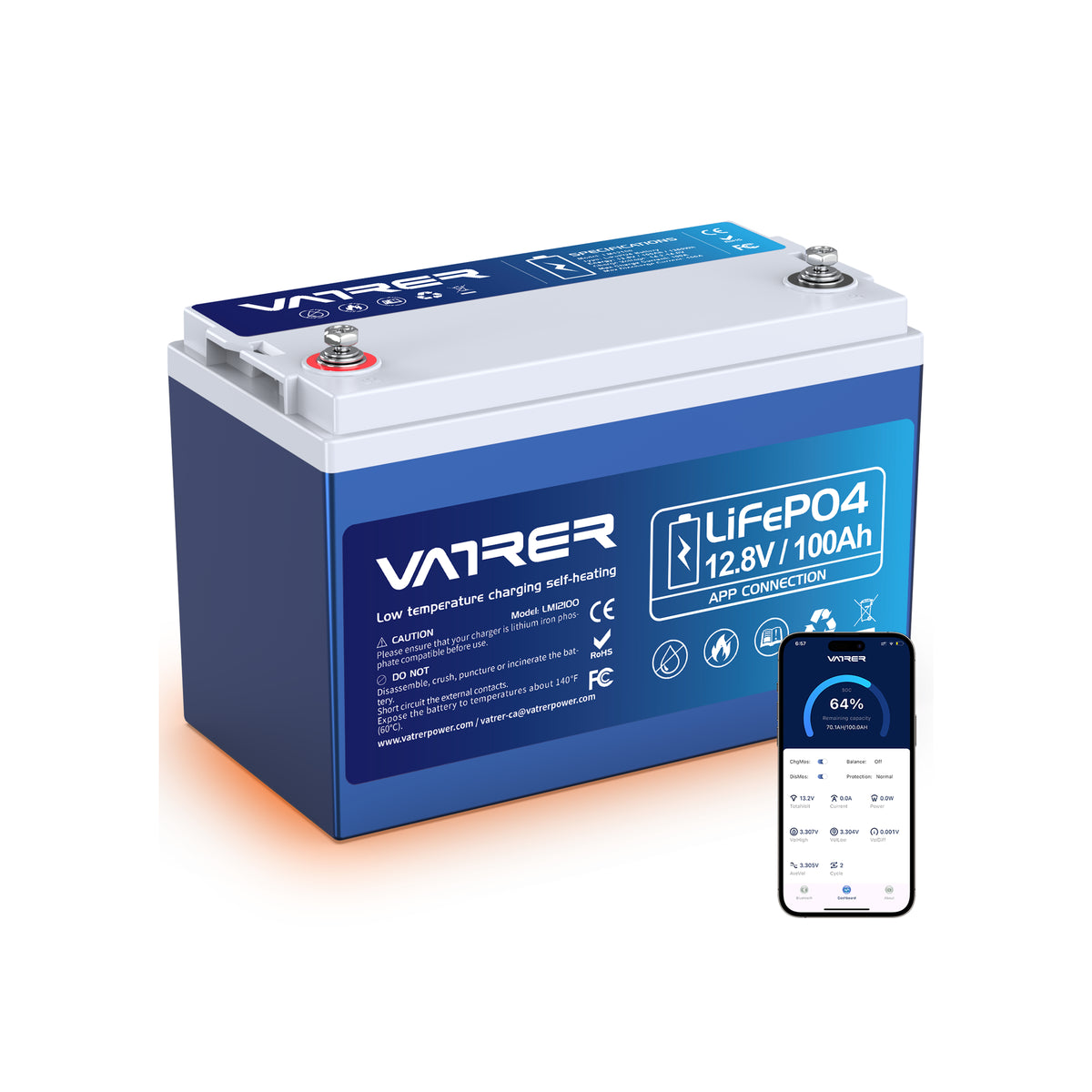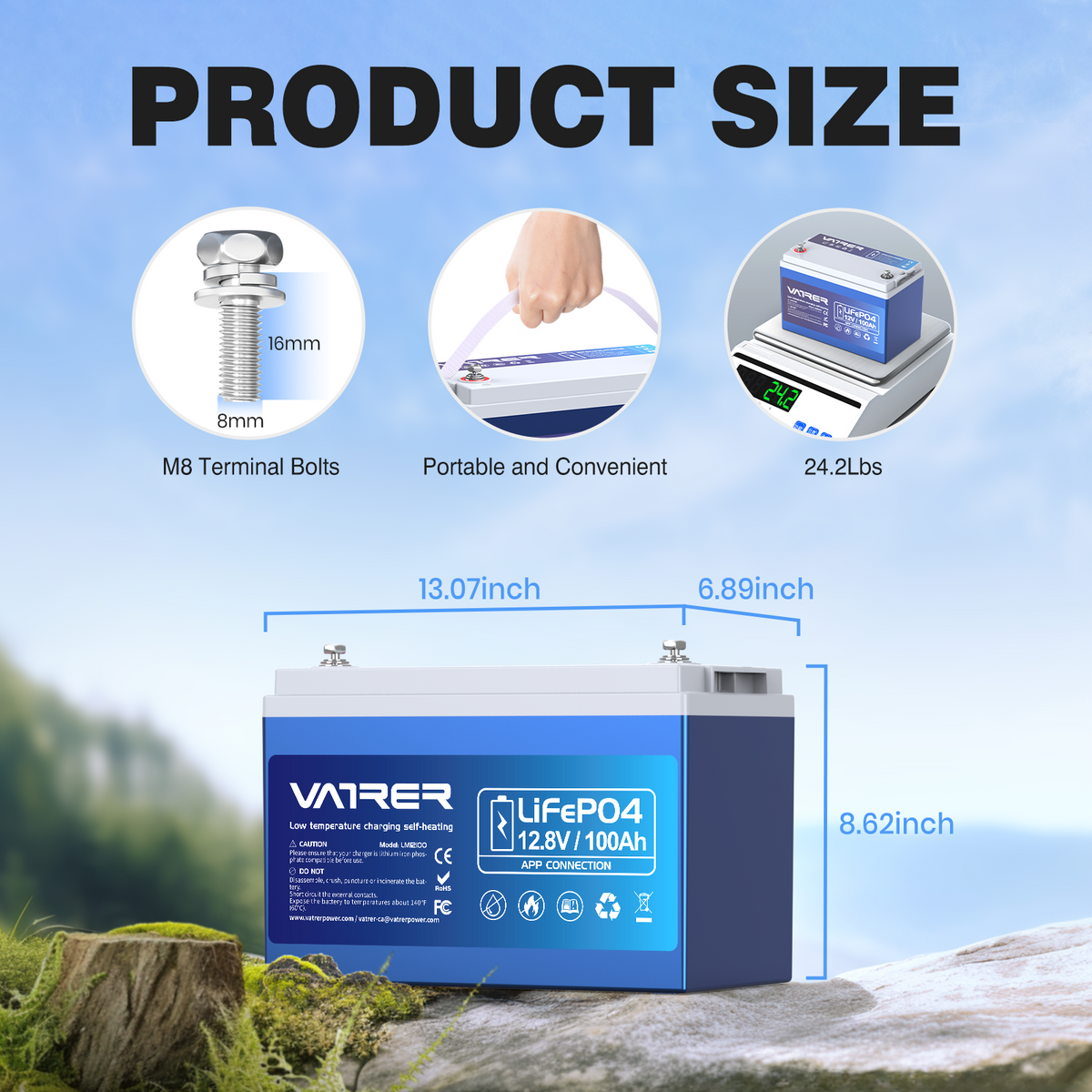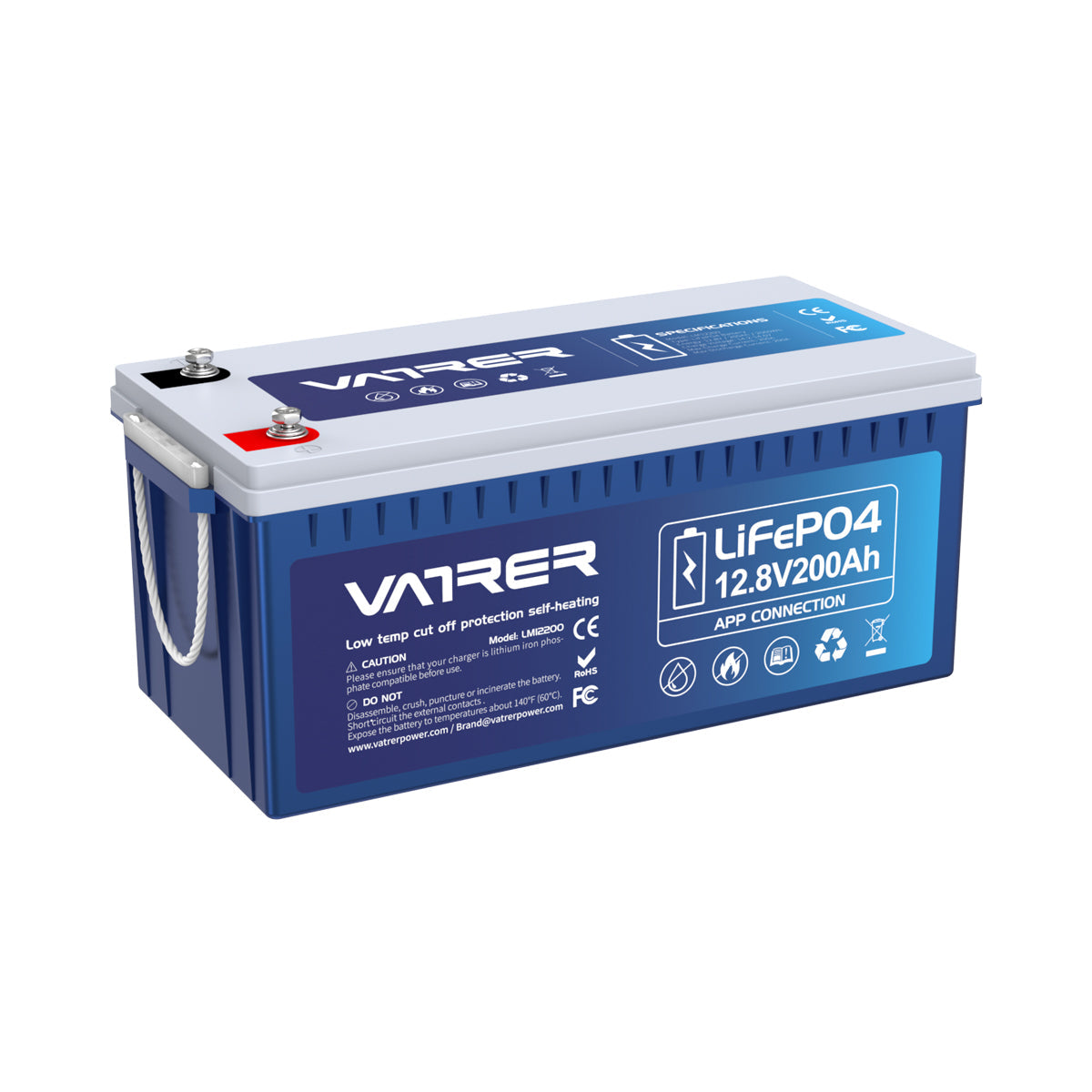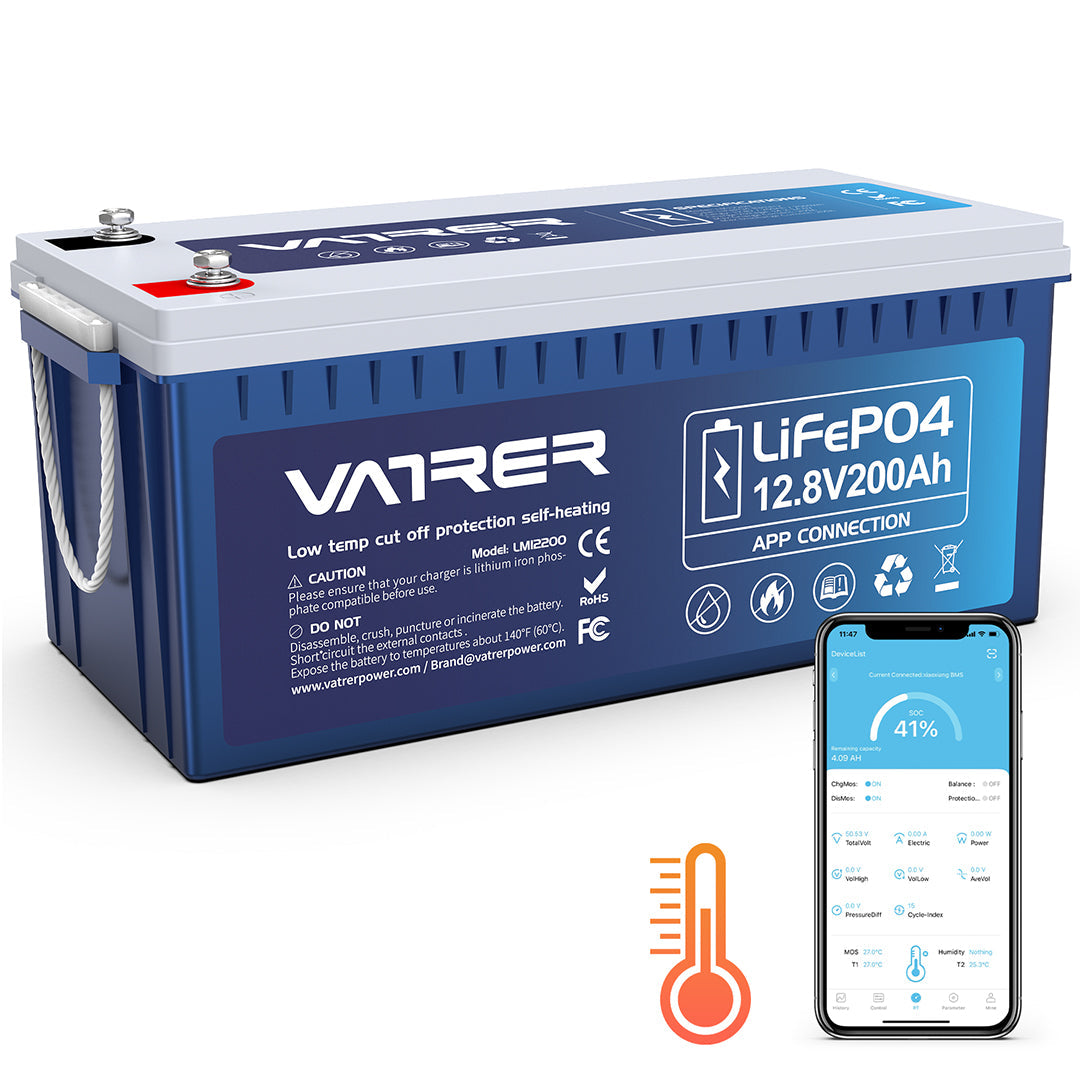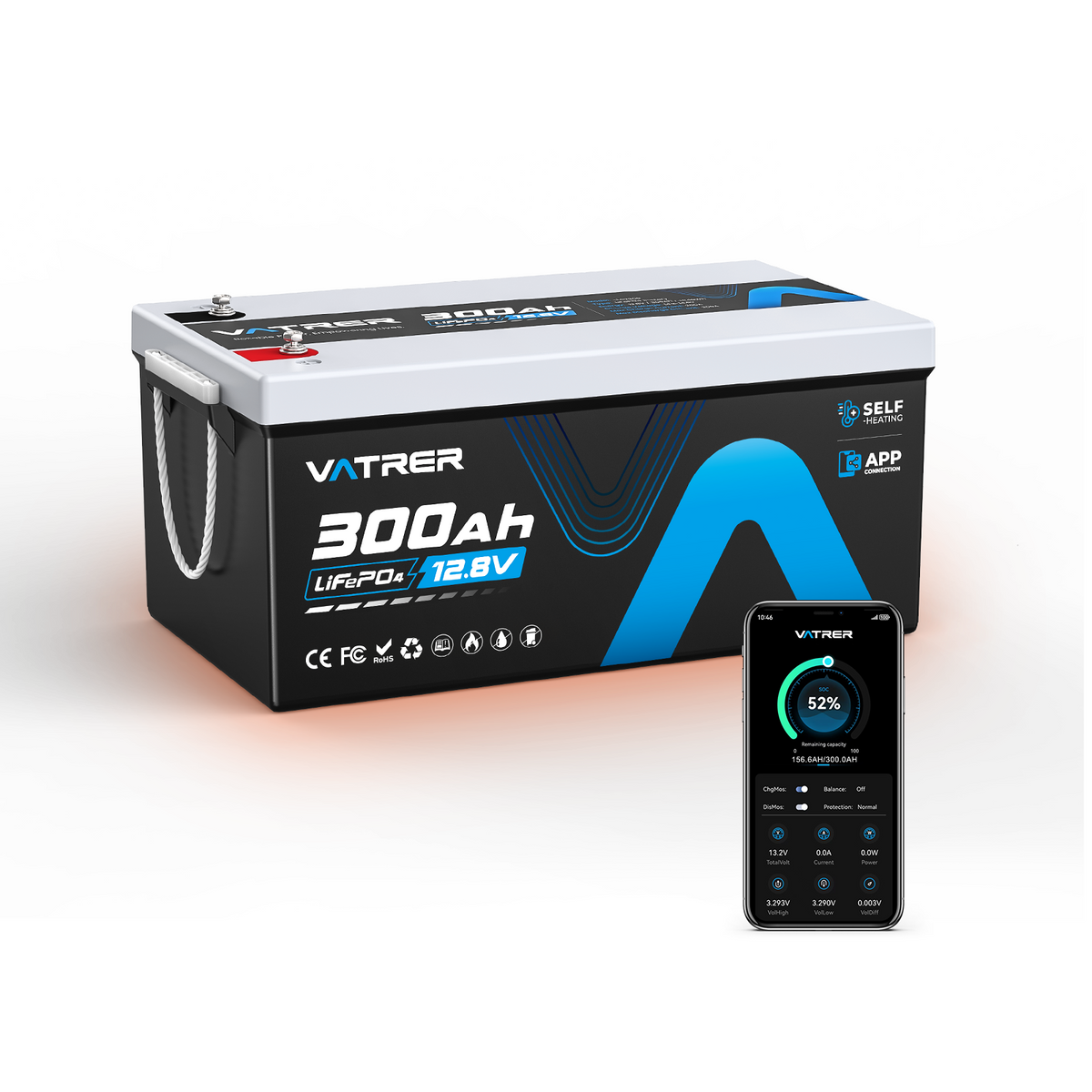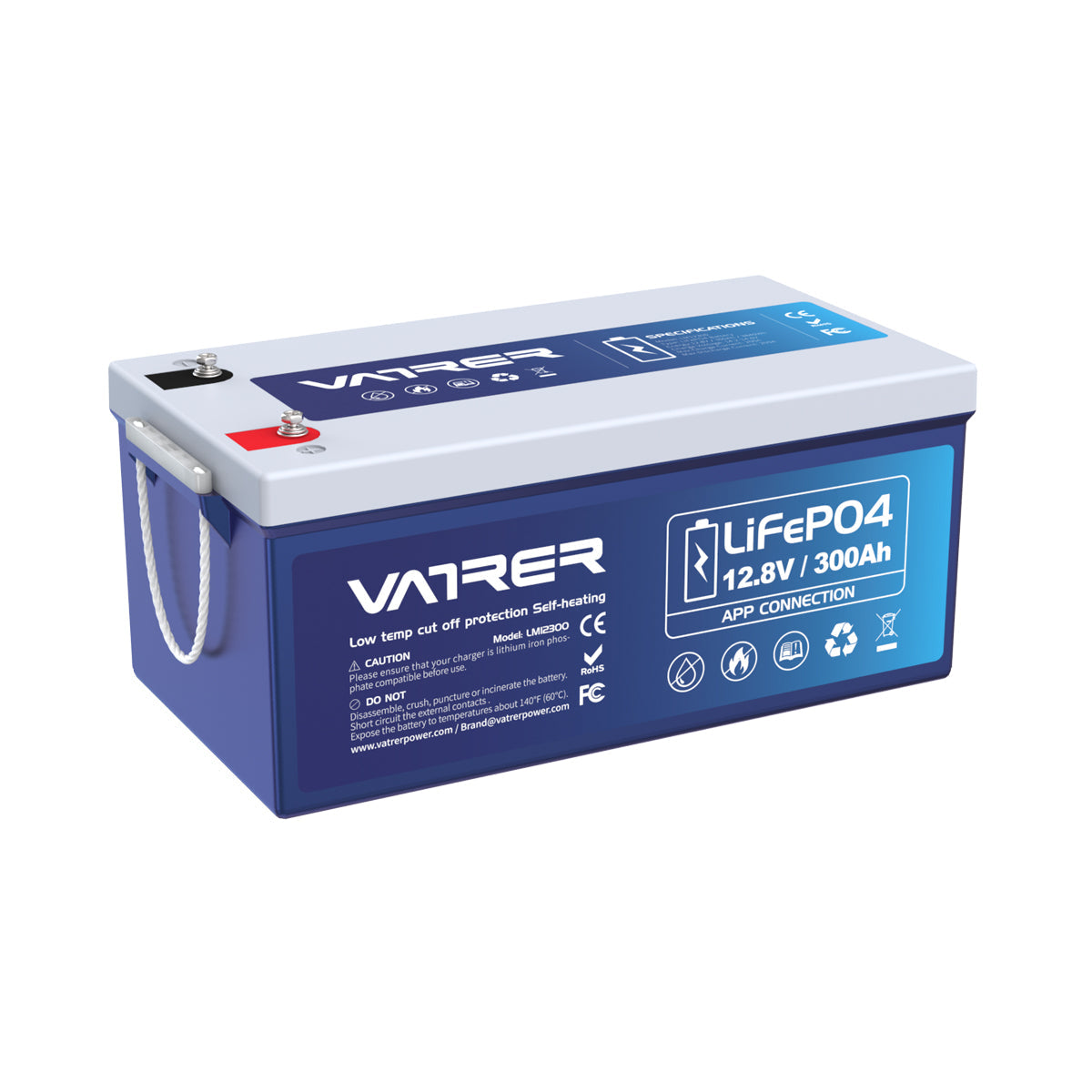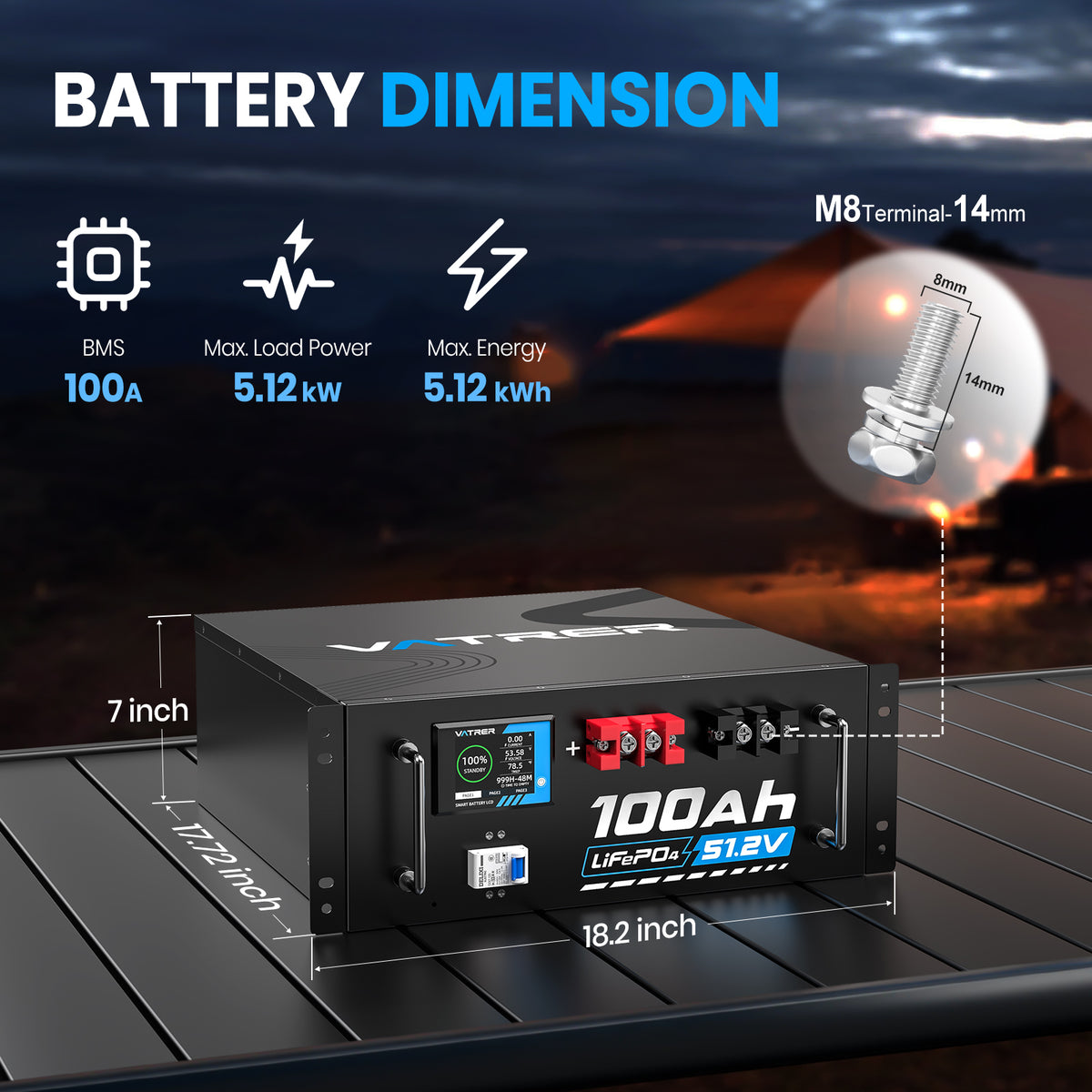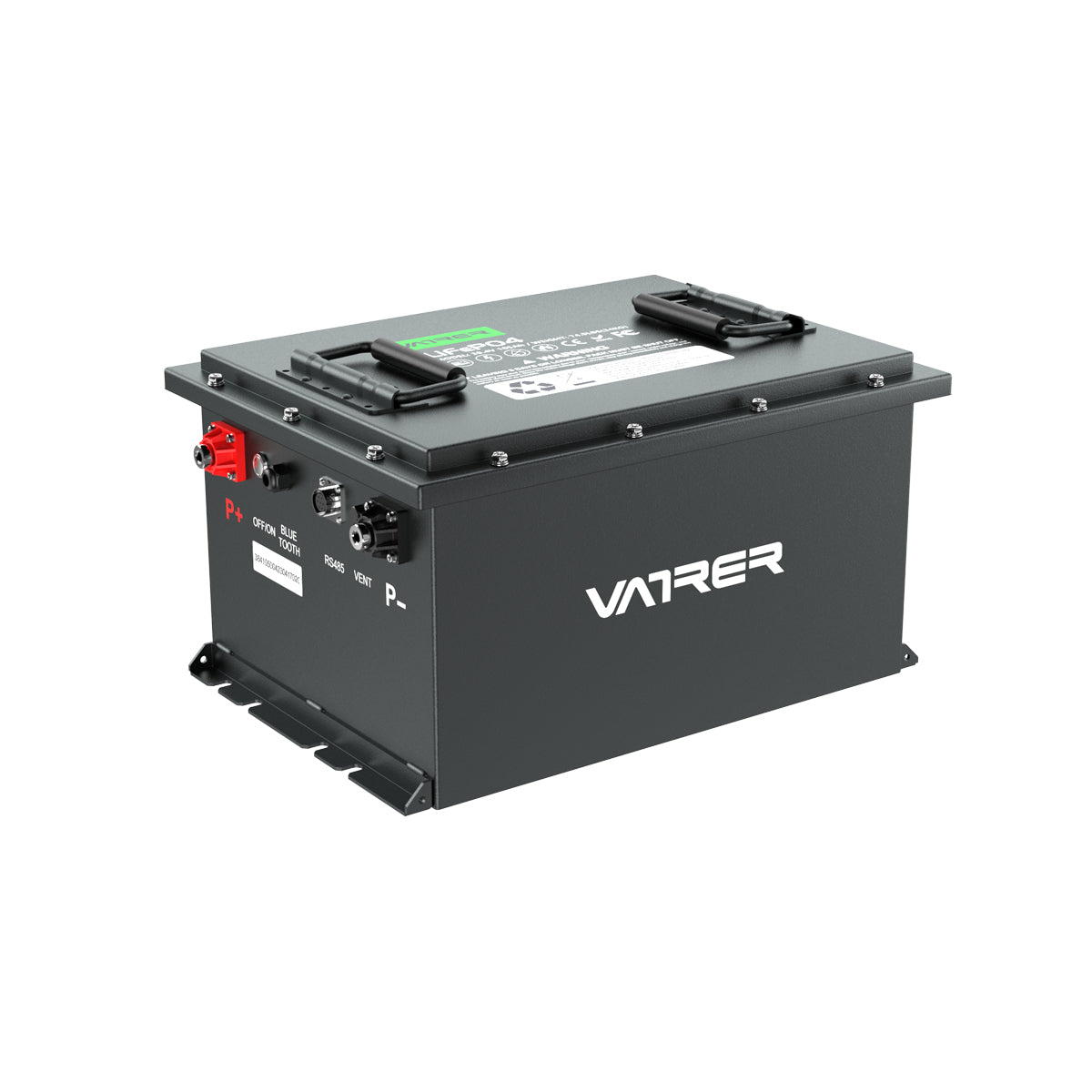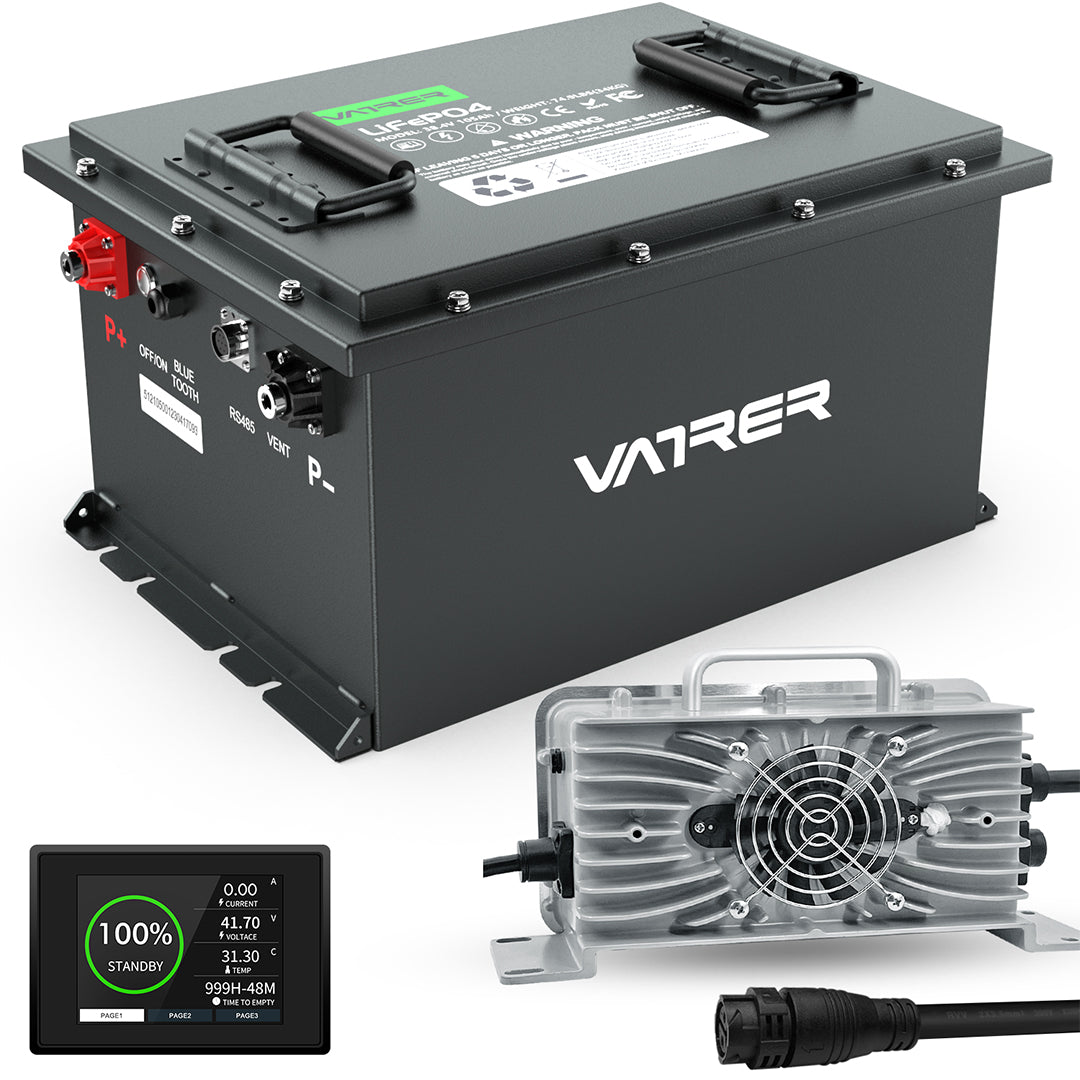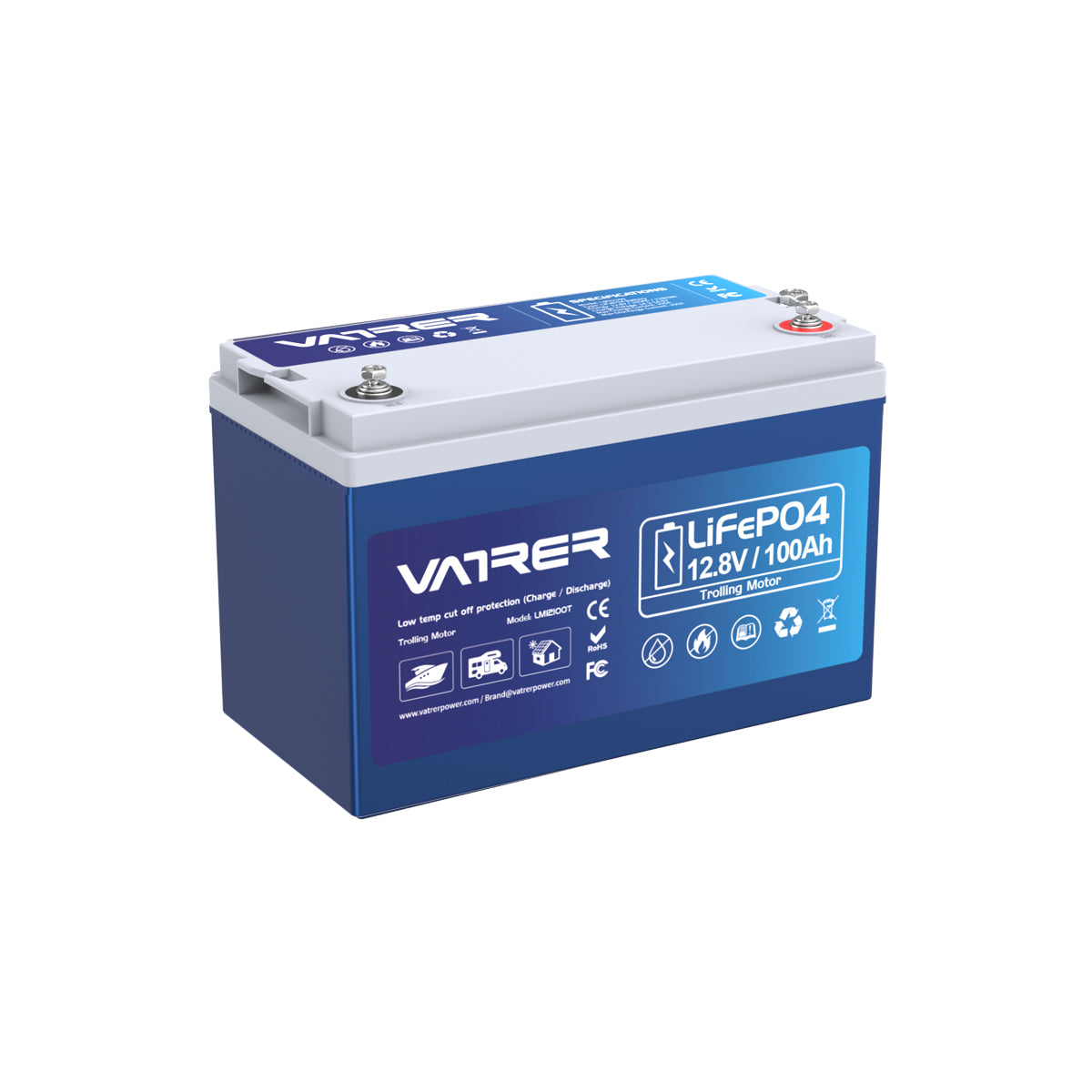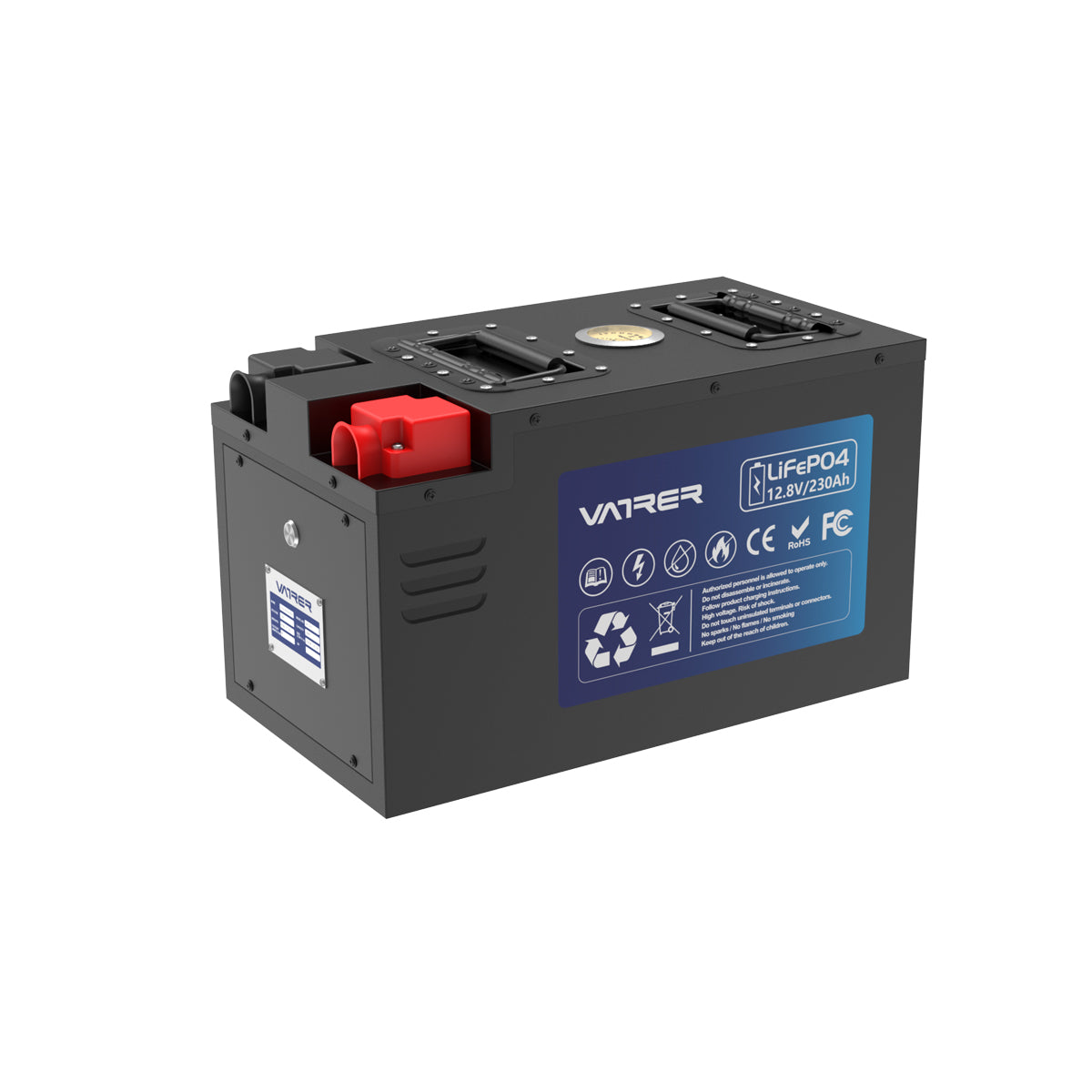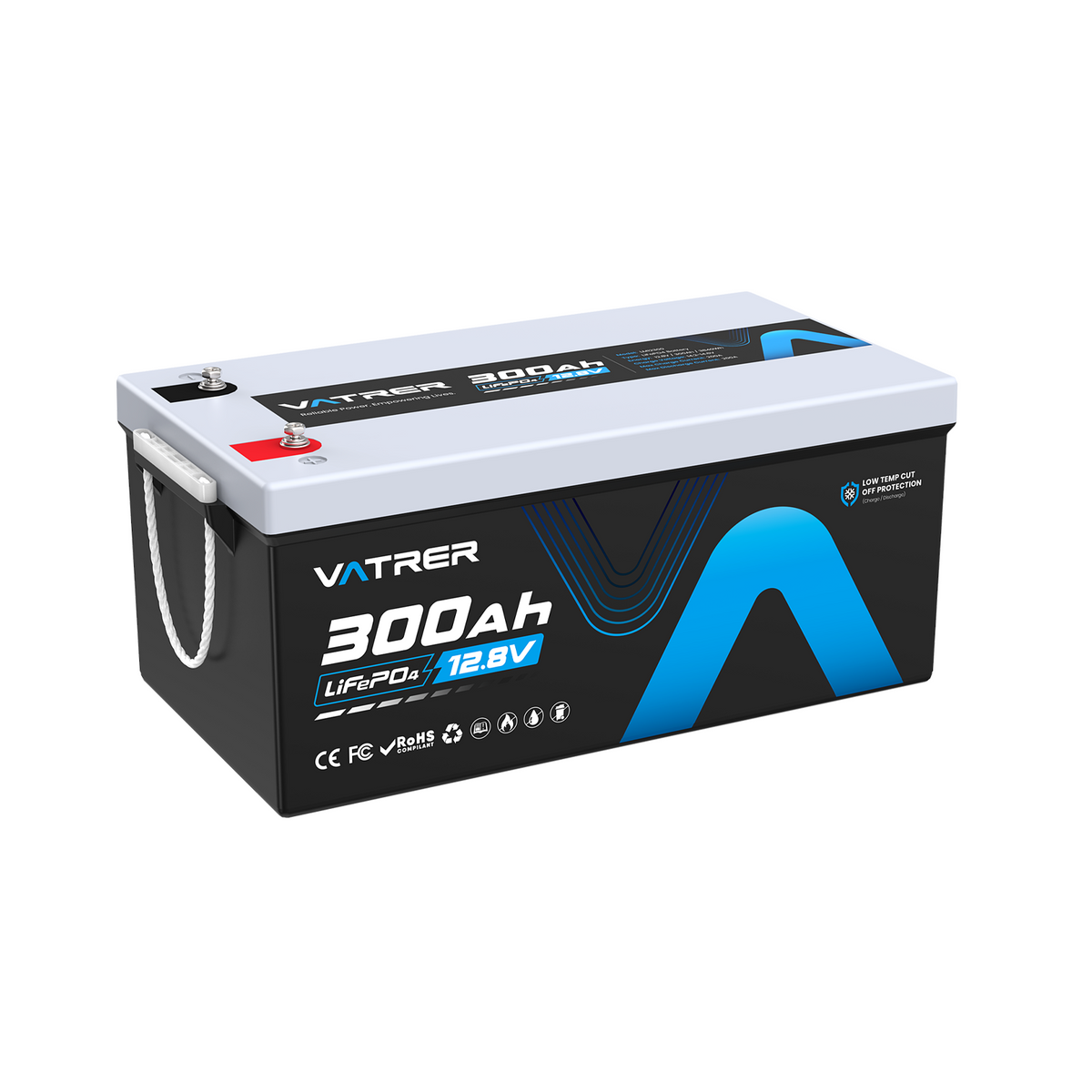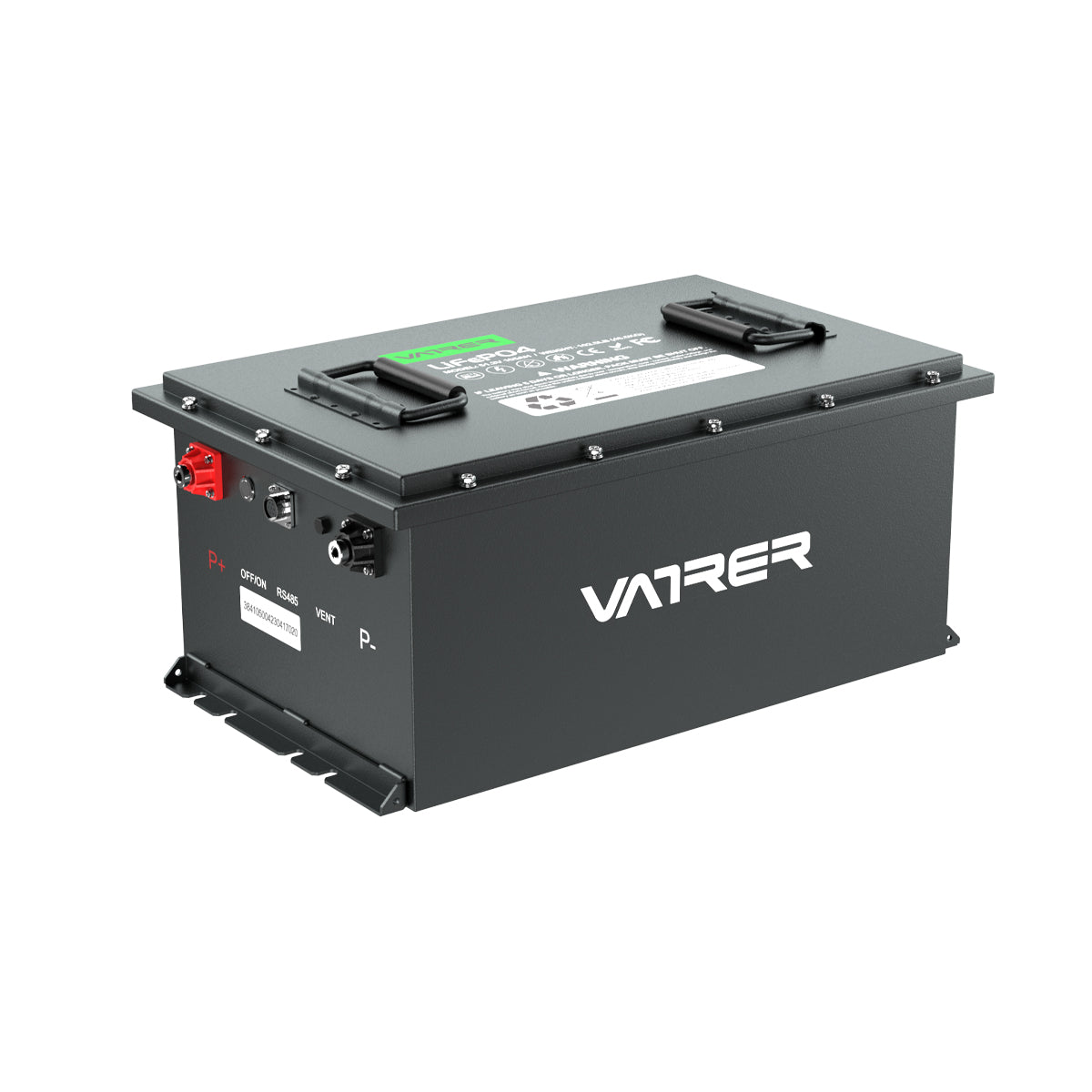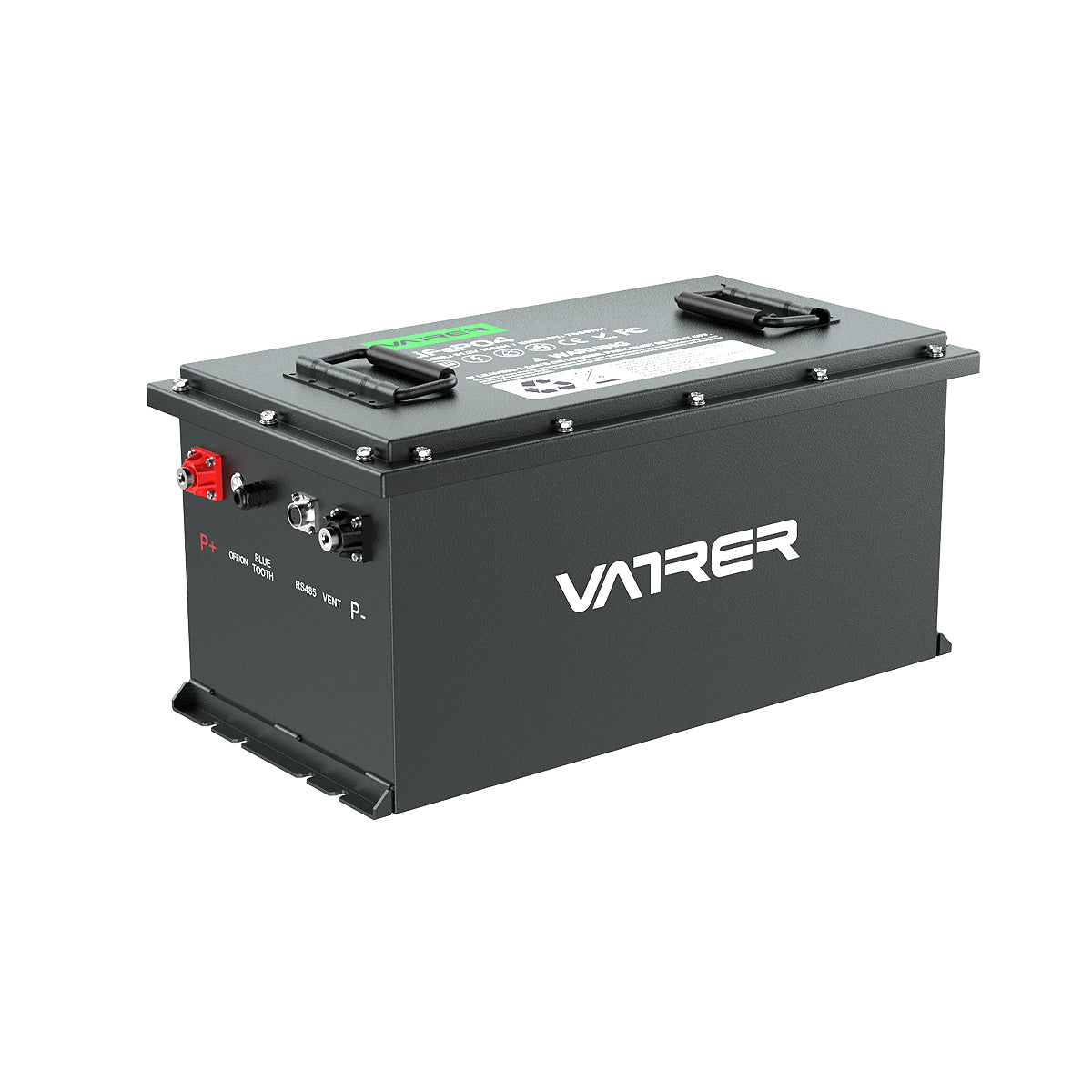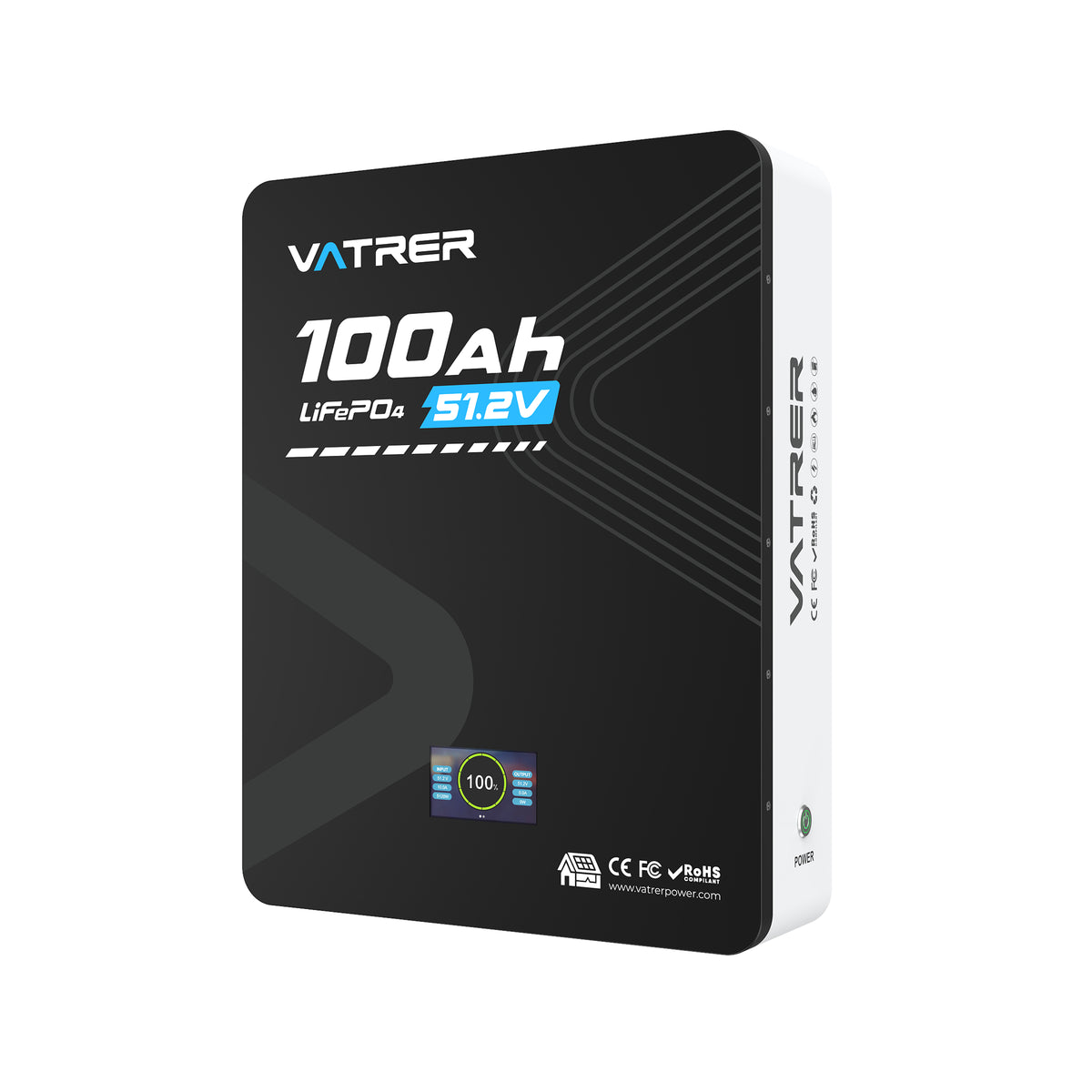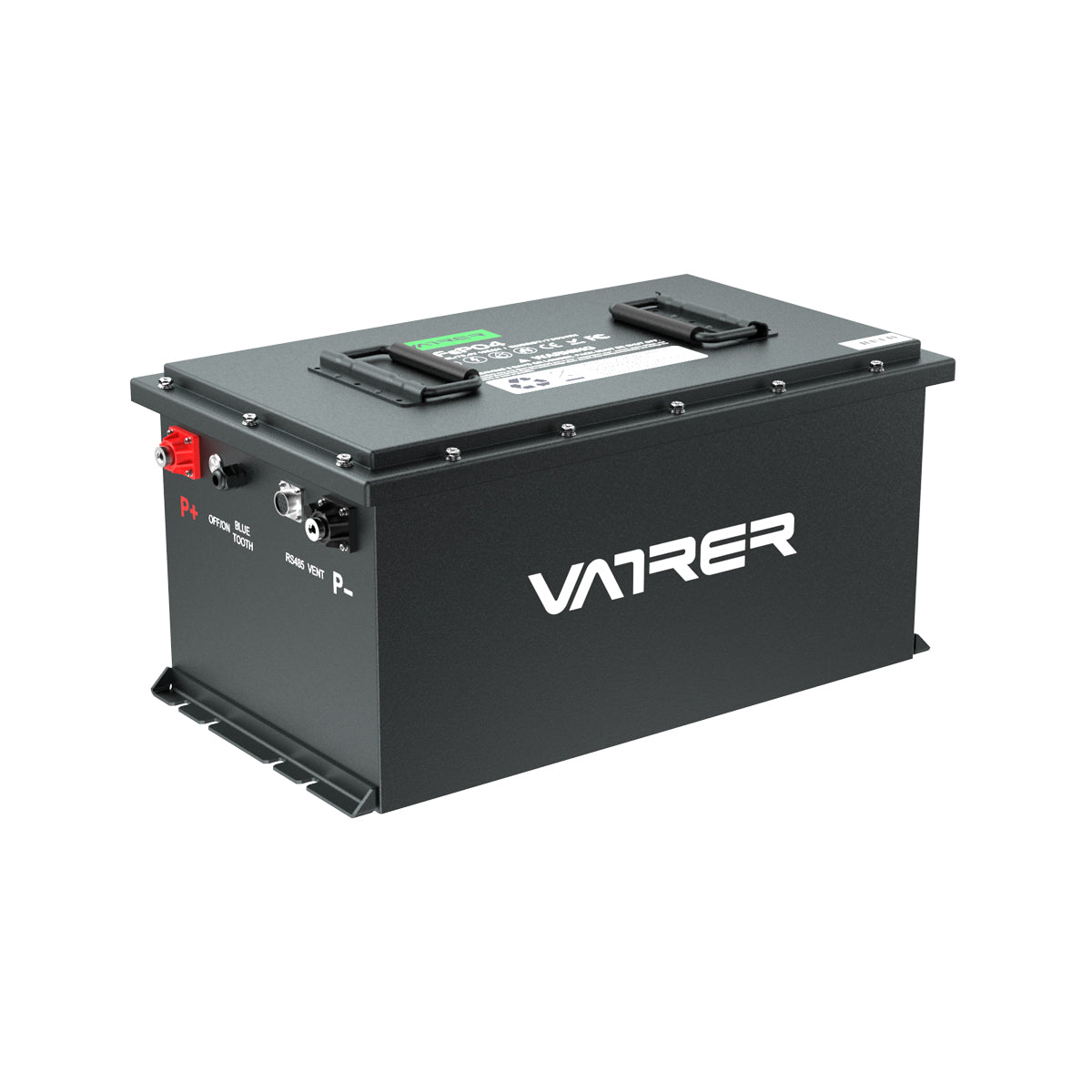Upgrading the batteries in your golf cart from lead-acid to lithium can be a game-changer, offering improved performance, longer life, and faster charging times. However, ensuring compatibility between the new lithium batteries and your golf cart's existing system is crucial for a successful upgrade. In this blog post, we'll explore the key considerations to ensure your lithium battery upgrade is both effective and hassle-free.
Physical Dimensions and Fit
The first step in any battery upgrade is to check the physical dimensions of your golf cart's battery compartment. Lithium batteries are often more compact than their lead-acid counterparts, which can be a blessing in terms of space but also requires careful measurement to ensure a proper fit. If the lithium batteries you're considering can fit snugly into the existing compartment without modification, you're off to a good start.

Electrical Connections
Next, you'll need to ensure that the electrical connections are compatible. This includes the voltage and amperage requirements of your golf cart's system. Most lithium batteries are designed to meet standard voltage requirements, but it's essential to verify that the new batteries can handle the current demands of your cart.
Communication Protocols
The most critical consideration for compatibility is whether the batteries need to communicate with the golf cart's controller. Modern controllers often require communication with the batteries to monitor state of charge, temperature, and other diagnostic information. If your controller requires such communication, you'll need to ensure that the lithium batteries you choose are capable of this interaction.
Understanding Communication Protocols
Communication protocols such as CAN (Controller Area Network), SMBus (System Management Bus), and others are used to facilitate this data exchange. It's essential to identify which protocol your controller uses and ensure that the lithium batteries support it. This information can usually be found in the technical specifications of both the controller and the batteries.
Custom Solutions
If the lithium batteries you want to use do not natively support the required communication protocol, you may need a custom solution. This could involve working with a battery supplier to create a battery pack that is specifically designed to work with your controller, or sourcing additional hardware that can act as an intermediary between the controller and the batteries.
Consulting Experts
Before making any final decisions, it's wise to consult with experts in golf cart batteries and controllers. They can provide valuable insights into potential compatibility issues and may offer solutions that you hadn't considered. Many battery suppliers have technical support teams that can help guide you through the upgrade process.
Conclusion
Upgrading to lithium batteries can significantly enhance your golf cart's performance, but it's important to approach the process with careful consideration of compatibility issues. By ensuring that the physical dimensions are suitable, the electrical connections are compatible, and any necessary communication protocols are supported, you can enjoy the benefits of lithium technology in your golf cart. With the right preparation and components, your upgrade is sure to be a success.


